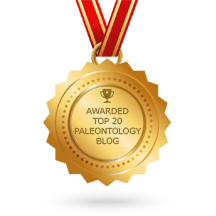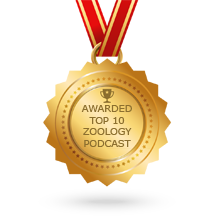The Neogene period is a division of earth’s history spanning from around 23 to 0.05 million years ago, and during which the global climate gradually cooled. The continents were largely in their modern positions. One major geographic change was the closure of a seaway known as the Isthmus of Panama when South and North America became connected. This land bridge diverted warm waters northwards, forming the Gulf Stream, and allowed the migration of animals between North and South America. As a result of a cooler global climate, tropical rainforests gradually gave way to grasslands. It was in this environment that the first hominids evolved in Africa and began to spread across the world. The end of the Neogene is marked by the establishment of the glacial conditions, characteristic the Quaternary.

Published on August 5th, 2014 | by David Marshall
We’re all familiar with canines (dogs, wolves, jackals, foxes, etc), but these are just only one of three sub-families of the larger canid family to survive to the present day. There were also the Hesperocyoninae and [&hellip... Read More →

Published on February 1st, 2014 | by Joe Keating
Mammals are an incredibly diverse and highly successful group of animals. They include some of the tallest, heaviest and fastest animals around today, as well as our own species. For over 100 years, biologists have attempted [&hellip... Read More →

Published on January 16th, 2014 | by Laura Soul
Continuing our look at Australia’s marsupials, we speak to Dr. Karen Black, also of the University of New South Wales. We discuss the Riversleigh fossil site, which fossils it contains, how they are preserved and what [&hellip... Read More →

Published on January 1st, 2014 | by Laura Soul
Marsupials are a group of mammals best known from Australia, but are also present in South America and up to the southern and eastern parts of the USA. Despite their current geographical distribution, metatherians (the group [&hellip... Read More →

















